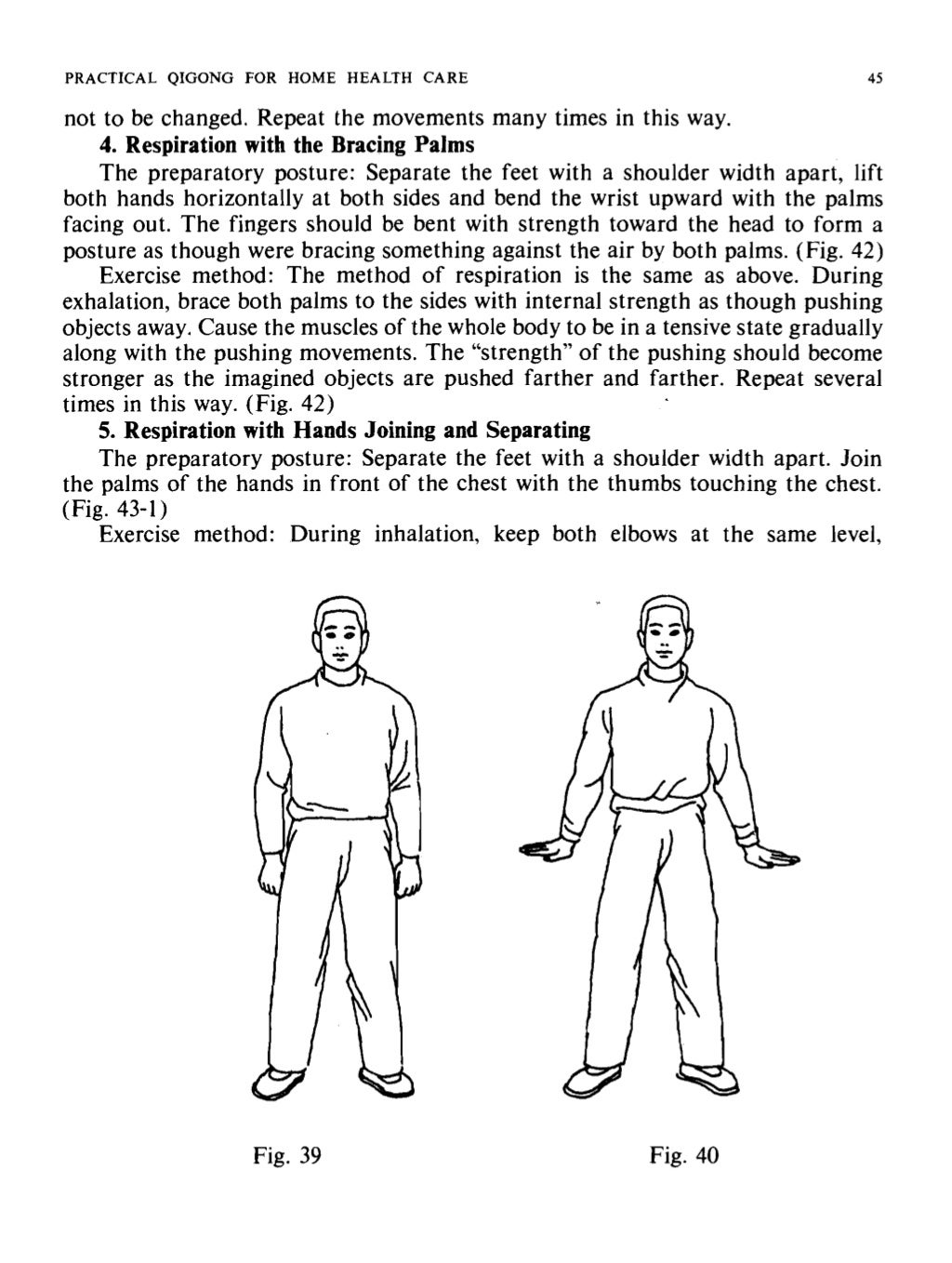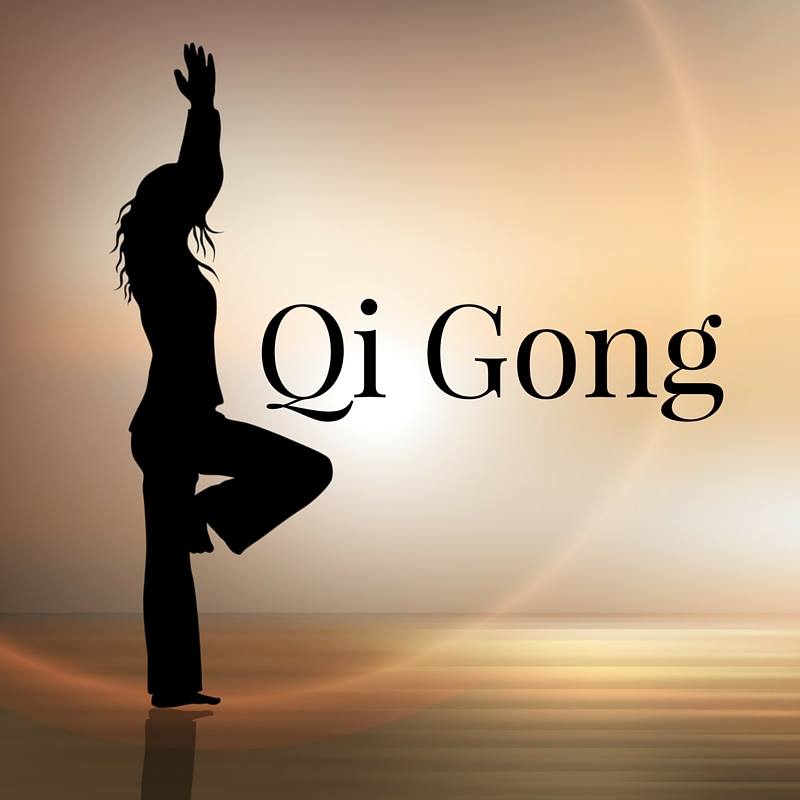

Standing in a circle to allow everyone to see the "leader," even if it is one of the children.Other strategies I have found to work include: In one group, a child suggested being an earthworm, which sponsored some interesting spinal movements! The instructor has a chance to modify their suggestion before everyone follows the child leader to do that move. The child chooses something in nature to imitate and shows how he or she would imitate that doing Qi Gong. A two-year-old may only stay with it a couple of minutes, whereas a five-year-old might be fully engaged for five minutes or longer.Ĭhildren age four and up may enjoy using their imagination to create their own moves after the basics have been realized. Practice time generally grows with age and interest. Check out for an example of a song with a video doing the movements. Younger children (especially 2 – 5-year-olds) love repetition, so a song with a repetitive chorus may be well received. One boy promptly clapped his hands together to "pop" his "balloon!" When getting a child to feel the energy between his or her hands, you may choose to use the word "ball." I tried calling it a balloon with a group of 3-year-olds. Use images that children understand, like a bird flapping it's wings slowly up while breathing in and floating slowly down while breathing out. All they may hear is "fall down" and follow that. You may ask them to keep standing up while bending over, instead of telling them not to fall down. Say what you want the children to do rather than what you don't want them to do. Beginning with tree imagery helps children keep their feet planted as they move.
#Qigong For Dummies Pdf how to#
Using specific directions is more important as children age, but even then, using imagination of what it feels like to be a tree with deep roots, waving in the breeze gives more substance than just directions of how to move. Mimicking is a way of life with preschoolers, so just asking the child to move like you do may be a great start. It is amazing to realize that even the young may have great breath control. Another way to encourage slow, deep breathing is to take a deep breath and then sing a sound like "o" as long as possible without taking another breath. Very young children may still be belly-breathers, but asking a child to breathe in and make his belly big sometimes elicits pushing the belly forward while arching the back. While outdoors is the preferred place, even in a classroom with shoes on, there is a potential for increased group cohesion and relaxed awareness for all. Ideally done outside in nature with bare feet touching the earth, children can absorb the energy around them easily and have their imagination reinforced by what they see. Adults may choose to stand while the child is standing, but kneeling or sitting is better to enhance eye contact and connection. Qi Gong is something to share from a place of happy well-being, never forced. Treating children with respect is imperative. You don't have to be a master, but being able to feel Qi in your body and stand as an example is important.

To share with children, you must first have the basics down yourself and really want to work with kids. Useful in the classroom, at home or almost any situation, Qi Gong is a valuable take-along tool to facilitate calm focus. Qi Gong requires no equipment, only a mindset that is open to imagination. My takeaway message is to make it fun, easy to learn and memorable.Ĭhildren today have a plethora of challenges and it seems only prudent to give them a skill set that allows them to thrive in many situations.


 0 kommentar(er)
0 kommentar(er)
